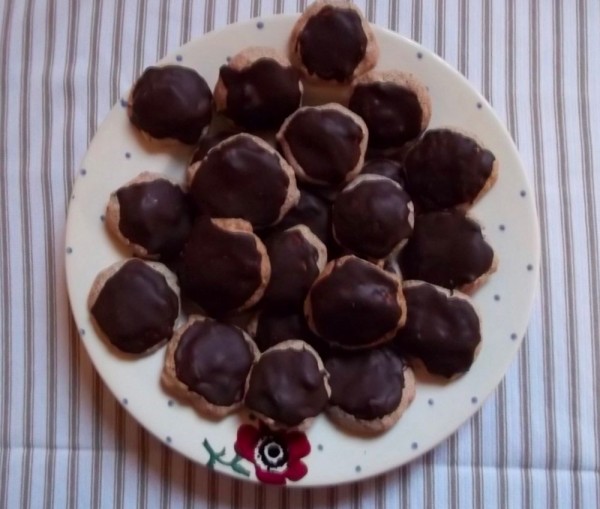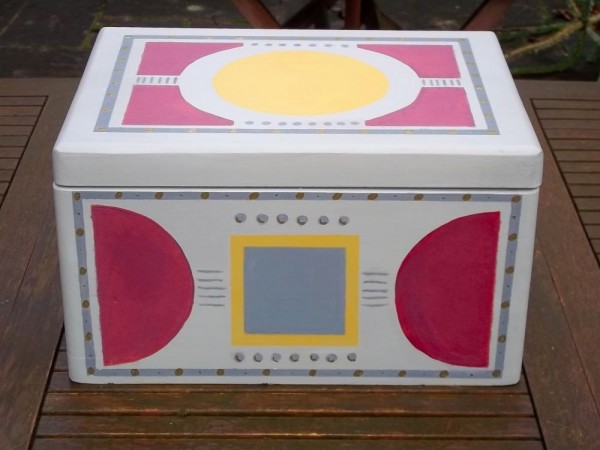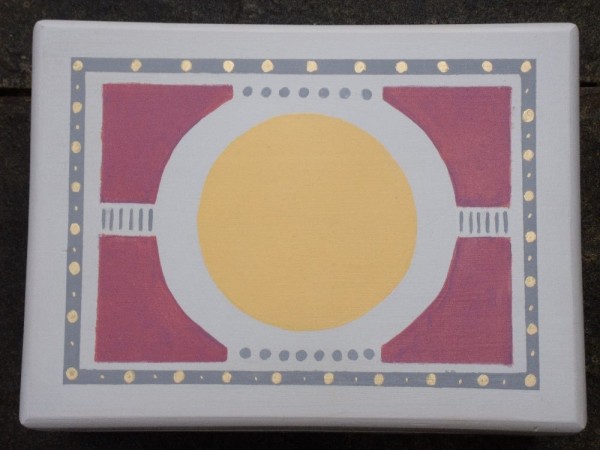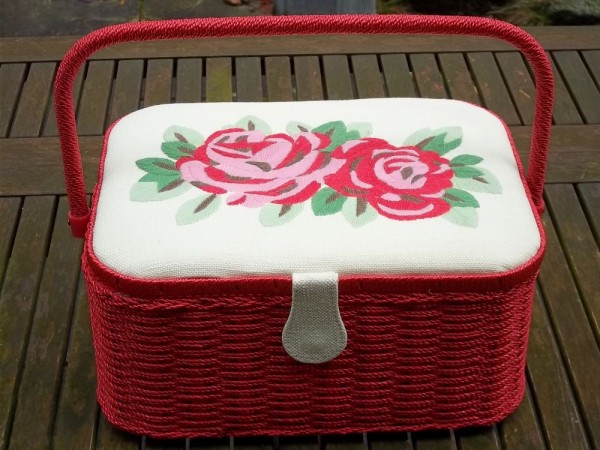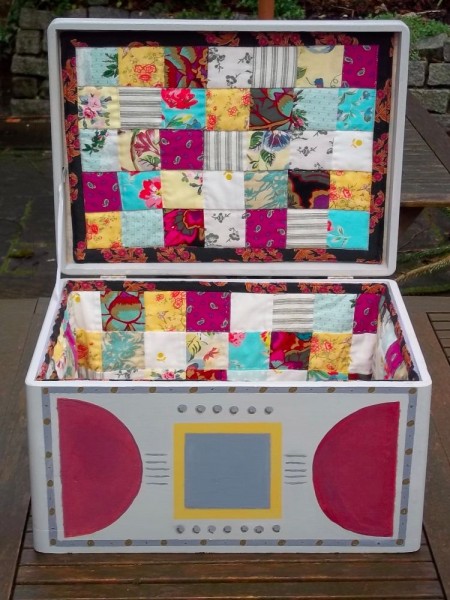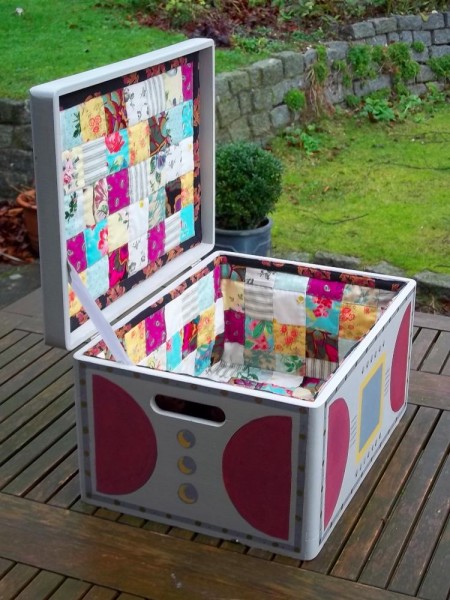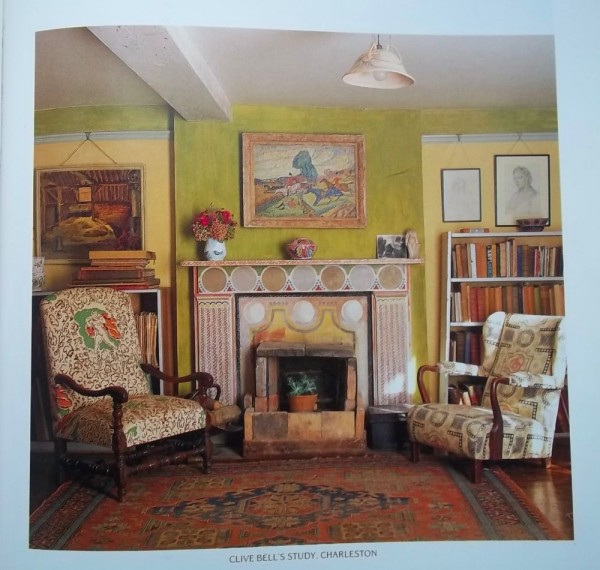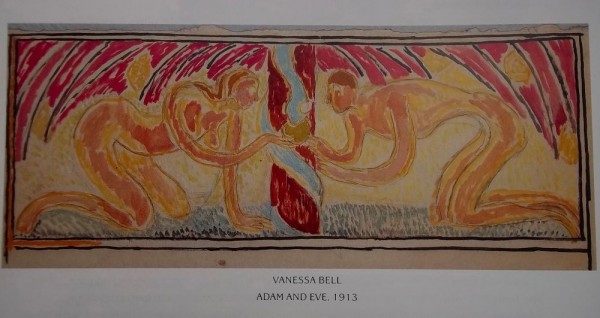I know this should really be a Christmas biscuit but until now I always found myself one spice short. As last Saturday, I had all the ingredients and as Lent is not far off, I thought I’d better get on and make them. It is certainly still cold enough for chocolate and spices to be welcome in at 10.30 on a Sunday morning.
Once again, the recipe comes from Linda Collister’s Christmas treats to make and give (Ryland Peters and Small, 2008). Linda Collister tells us that the biscuits are said to have their origin in Germany’s medieval monasteries and that traditionally their ingredients include honey and seven spices which represent the seven days of God’s creation. This particular variant is based on meringue and nuts and, in fact, only has 6 spices.
Makes c 16
LEBKUCHEN: Ingredients
100 g almonds (not blanched)
25 g dark chocolate coarsely chopped
2 tblesp mixed peel, very finely chopped
1/2 teasp ground cinnamon
1/2 teasp ground ginger
1/4 teasp freshly grated nutmeg
1/4 teasp ground black pepper
1/4 teasp ground cloves
1/4 teasp allspice
2 large egg whites
115 g sifted icing sugar
TO DECORATE
150 g good darkchocolate, chopped
(60 g is ample if your biscuits don’t spread)
METHOD
Prepare several baking trays lines with non-stick baking paper
Preheat oven to 150 degrees C (a little less for a fan oven), Gas 2
Put the almonds and chopped chocolate into the bowl of a food processor and process until the mixture looks like fine crumbs. Mix in the finely chopped peel and all the spices.
Put the egg whites into a spotlessly clean and grease-free bowl and whisk until stiff peaks form. Gradually whisk in the icing sugar, then continue whisking for another minute until you have a very stiff, glossy meringue. Sprinkly the spice mixture over the top and gently fold this in with a large metal spoon.
Take tablespoons of the mixture and drop them on the prepared baking trays, spacing them well apart to allow for spreading. Using a round-bladed knife, spread out each mound to a disc about 7 cm across(that seems rather big). Bake in the oven for 10-15 minutes, until pale gold and firm.
Remove the trays from the oven, set on a wire rack to cool. When cold, peel the biscuits off the backing paper.
To decorate, melt the chocolate in a heatproof bowl set over a pan of steaming but not boiling water (making sure the base of the bowl does not touch the water). Stir gently till melted, then remove from the heat.m Spread some melted chocolate over one side of each lebkuchen with a palette knife, then leave to set on a sheet of non-stick baking paper.
Store in an airtight container and eat within 4 days.
Comments
These were deemed to be delicious by almost everybody. Waitrose Italian finely cut peel was nicer than I remember chopped peel being when I was young and mixed in with the other ingredients gave the biscuit a touch of the jaffa cake.
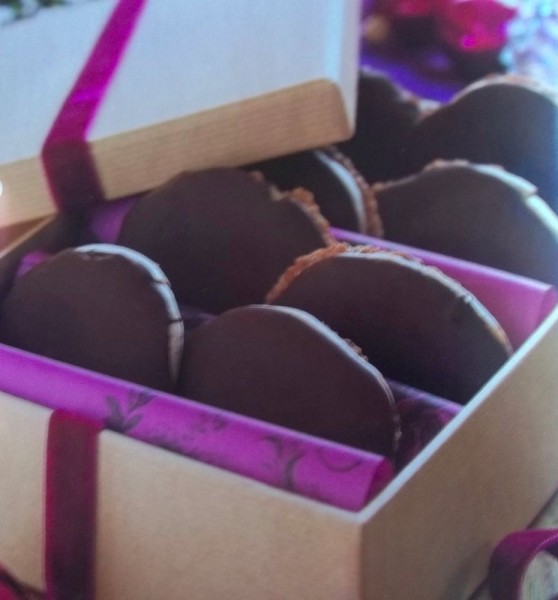
Lebkuchen: picture taken from Linda Collister’s “Christmas treats to make and give” (Ryland, Peters and Small, 2008)
Once again my biscuits didn’t spread out as much as those pictured in the cookery book – perhaps that’s down to the characteristics of my oven. 60 g of chocolate was ample to melt over the top, again perhaps this was because my biscuits didn’t spread much. The biscuits were much more moist the day before and had dried out a little by the next day – I don’t think they would have kept as long as 4 days without becoming too dry. Perhaps I might leave an egg yolk in next time and see if that makes any difference. I was assured that a true Lebkuchen should be crisp on the outside and moist in the middle and on this basis, these made the grade. I shall certainly make them again as they were very good.

